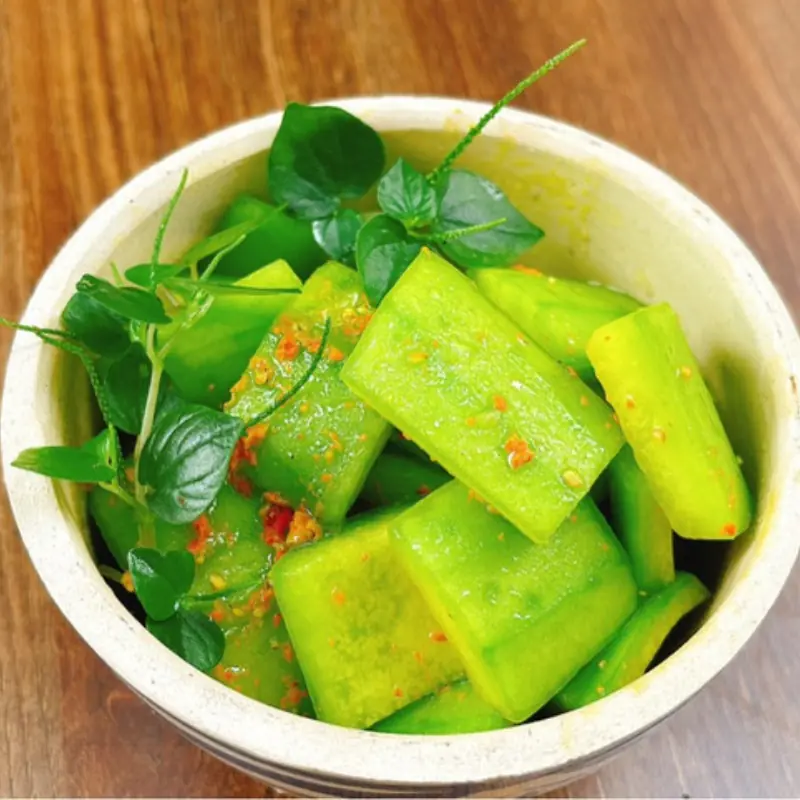
More Nutritious Than Meat and as Valuable as Ginseng
It often grows wild in backyards, along fences, and in untamed patches of grass—and yet, most people see it as a weed. But in traditional medicine and modern nutrition alike, dandelion greens (hoa bồ công anh) are gaining recognition as a powerhouse of health.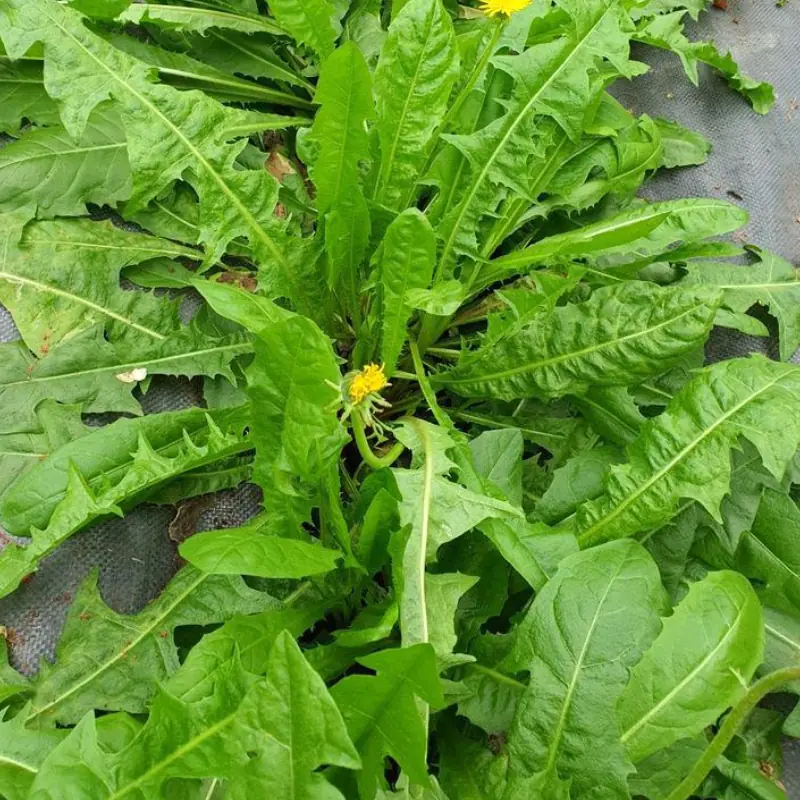
Rich in nutrients, praised for their medicinal value, and as easily available as they are overlooked, dandelion greens may be the most underestimated superfood hiding in plain sight.
More Nutrients Than Meat?
It might sound surprising, but dandelion greens contain an impressive range of essential vitamins and minerals—often surpassing animal-based sources. Per serving, these leafy greens are packed with:
-
More calcium than milk
-
More iron than spinach or red meat
-
High levels of vitamins A, C, K, and folate
-
Powerful antioxidants and detoxifying compounds
Because of their nutrient density and fiber content, dandelion greens support healthy digestion, promote liver function, and help regulate blood sugar levels.
A Ginseng-Level Medicinal Treasure
In traditional Chinese medicine and folk remedies across Asia and Europe, dandelion is considered a cooling, detoxifying herb that clears “heat” from the body, especially from the liver. Its bitter compounds are known to stimulate bile production, aiding digestion and cleansing the system.
Some herbalists even compare its healing potential to ginseng—a known adaptogen—thanks to dandelion’s ability to restore balance and vitality.
Modern studies have also shown that dandelion extract may help:
-
Reduce inflammation
-
Support kidney and liver health
-
Aid in weight management
-
Boost immunity
Free and Growing in Your Backyard
Unlike expensive superfoods or imported herbs, dandelion greens often grow for free—right outside your door. They thrive in a wide range of environments and require no effort to cultivate. Unfortunately, many people pull them up or mow them down without realizing their value.
The leaves can be harvested young and tender, then eaten raw in salads or cooked in soups, stir-fries, or herbal teas. The roots and flowers are also edible and widely used in natural remedies and wellness products.
News in the same category

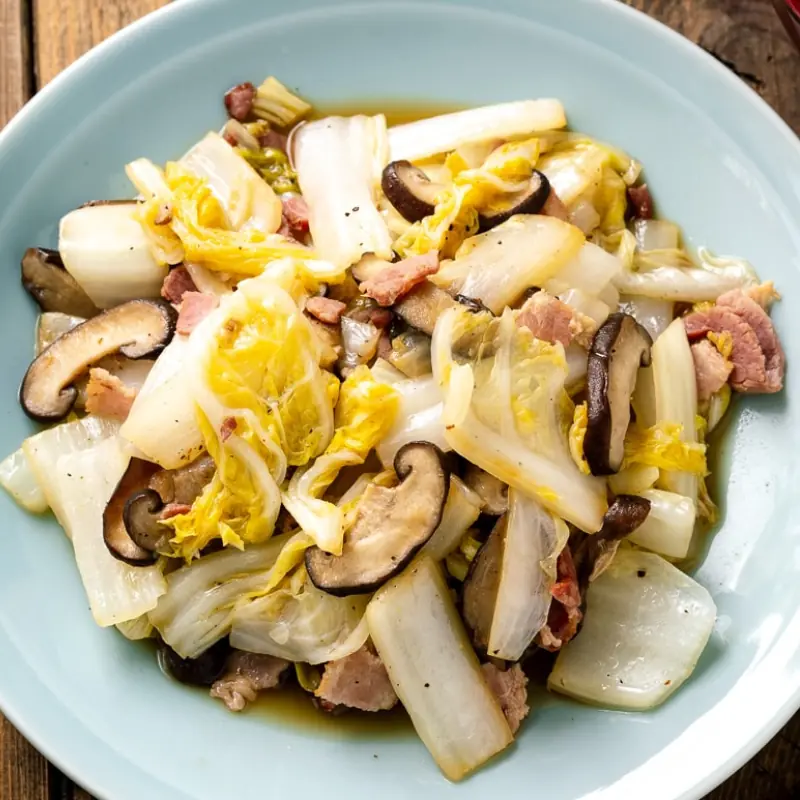
This Vegetable Is Known in China as a ‘Liver-Boosting Remedy’

These 3 Cooking Oils Could Trigger Cancer Cell Growth and Damage Your Organs
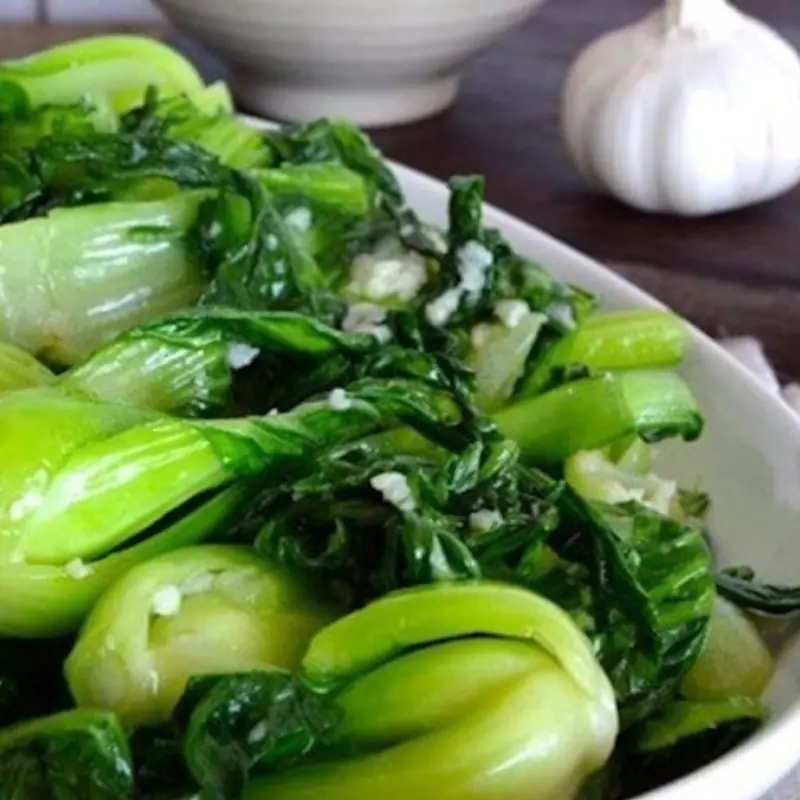
Warning: 4 Types of Food You Should Never Reheat
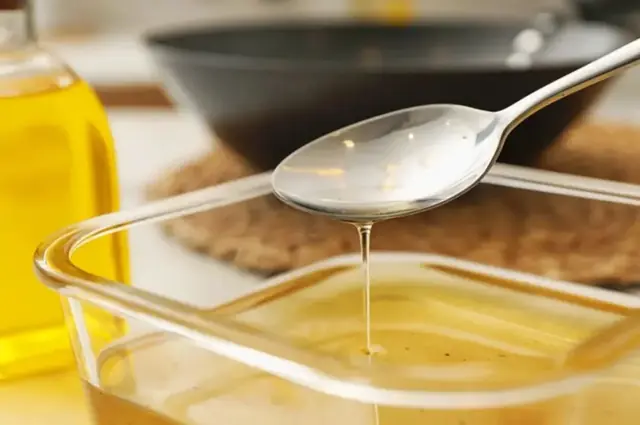
4 Kitchen Foods You Think Never Expire—But It’s Time to Toss Them Out!
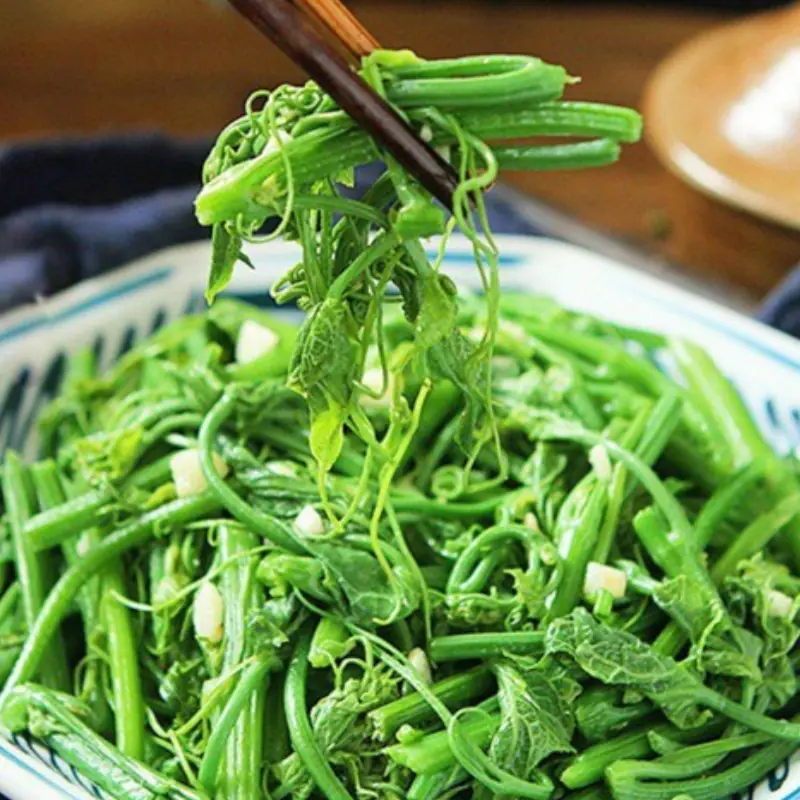
There’s a Vegetable Richer in Iron Than Beef

If You See These 4 Types, Walk Away Immediately No Hesitation

US approves 'guided missile' drug to treat lung c.a.n.cer

When I discovered the truth, I was left speechless and heartbroken

Why You Should Never Use Wastewater to Flush the Toilet
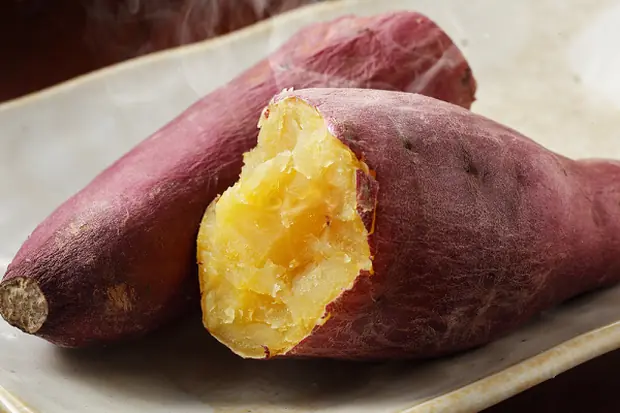
There Are Two "Golden Times" in the Day to Eat Sweet Potatoes
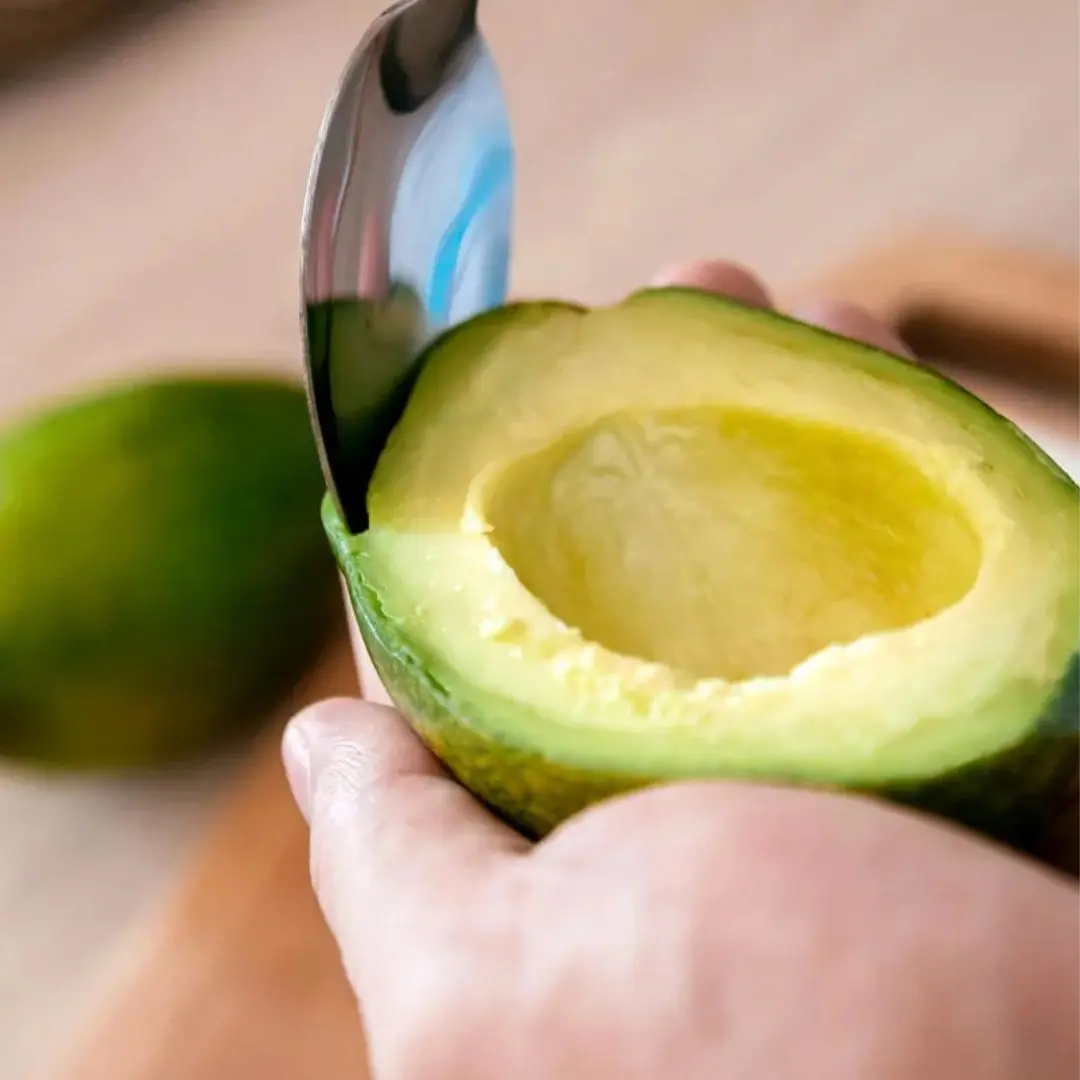
Why you should NEVER eat more than half an avocado in a single day
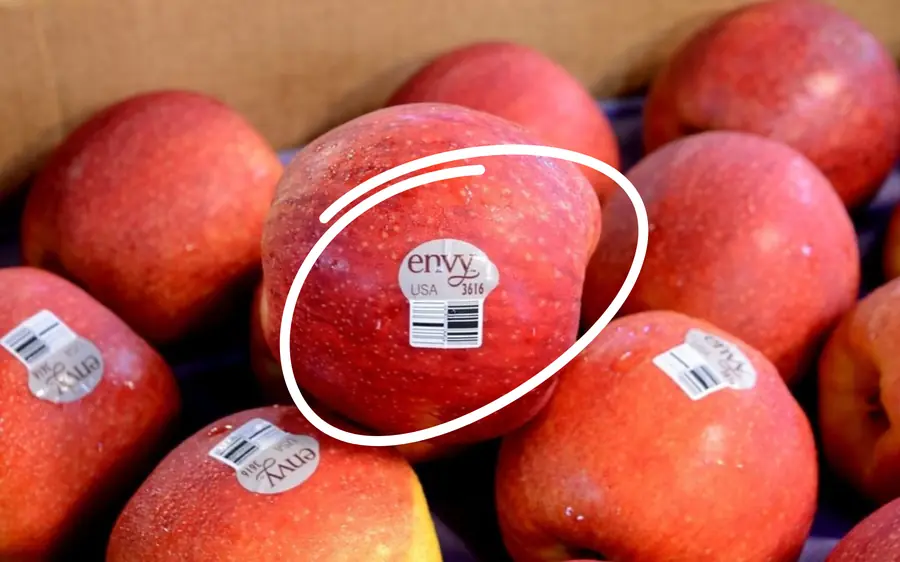
The “Strange” Number on Imported Fruit Stickers
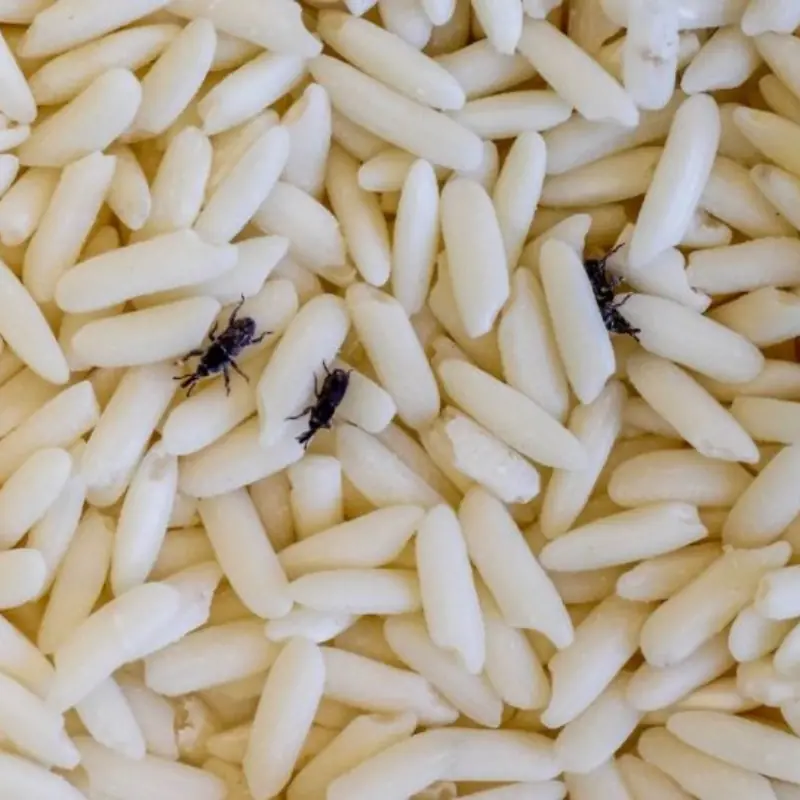
Rice Often Gets Infested with Weevils
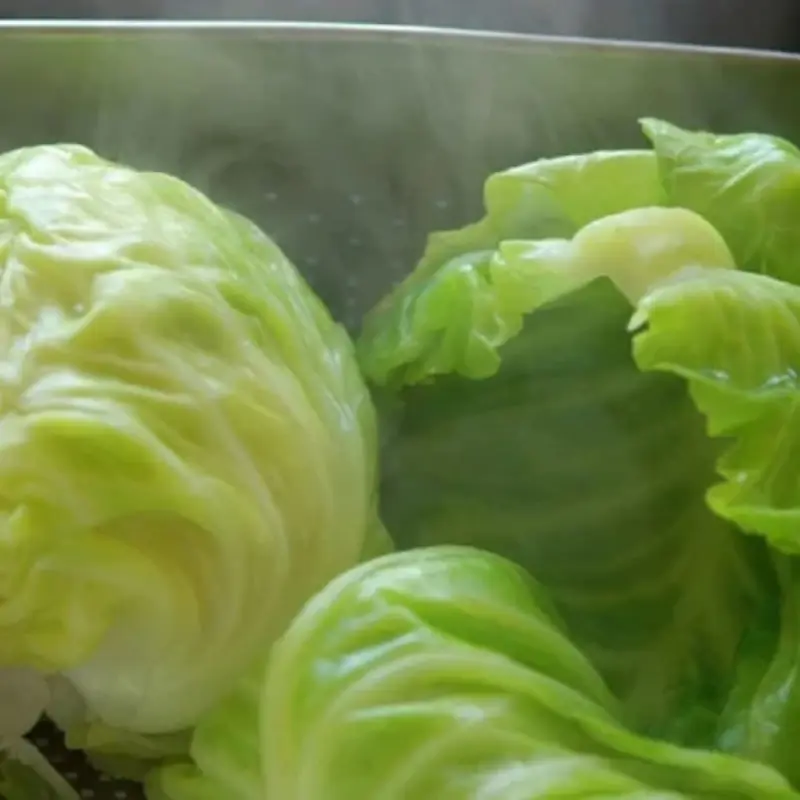
The So-Called "King of Chemical-Laden Veggies"

4 Quick Tips to Instantly Spot Sweet
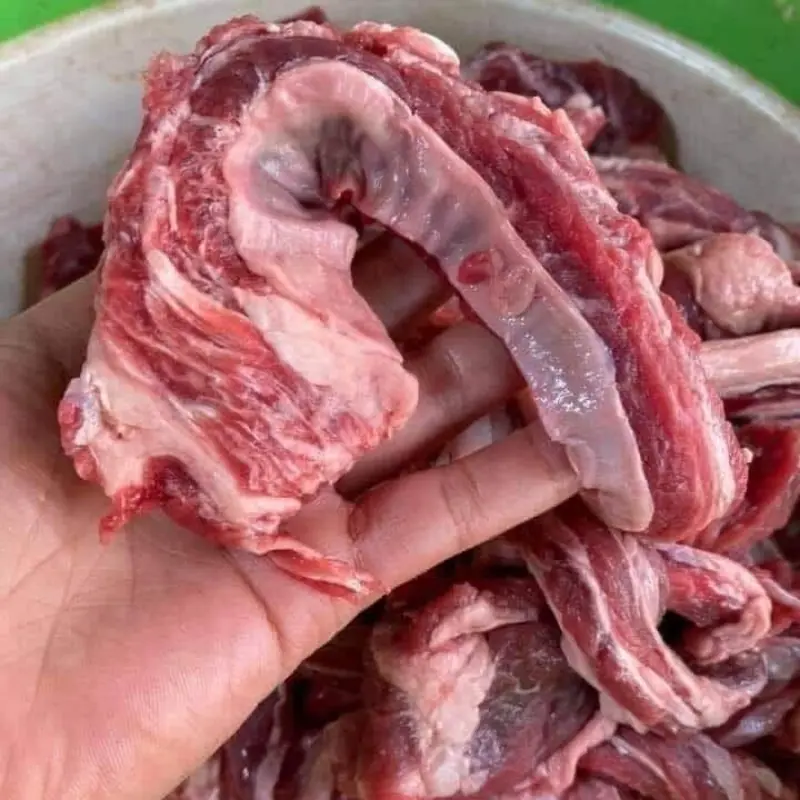
The Tastiest Part of the Pig: Once Overlooked

Real vs. Fake Beef May Look the Same, BUT There Are Still 5 Key Differences

Chilling Warning About a Common Household Appliance!
News Post

When Your Li.ver Is “Drenched” in Fat, Your Body Sends 5 Nighttime Warnings

Man Diagnosed with Kid.ney Failure from 3 "Tasty" Foods

Only people with outstanding thinking can find the answer!

This Fruit Is the 'King of Digestion'

This Vegetable Is Known in China as a ‘Liver-Boosting Remedy’

These 3 Cooking Oils Could Trigger Cancer Cell Growth and Damage Your Organs
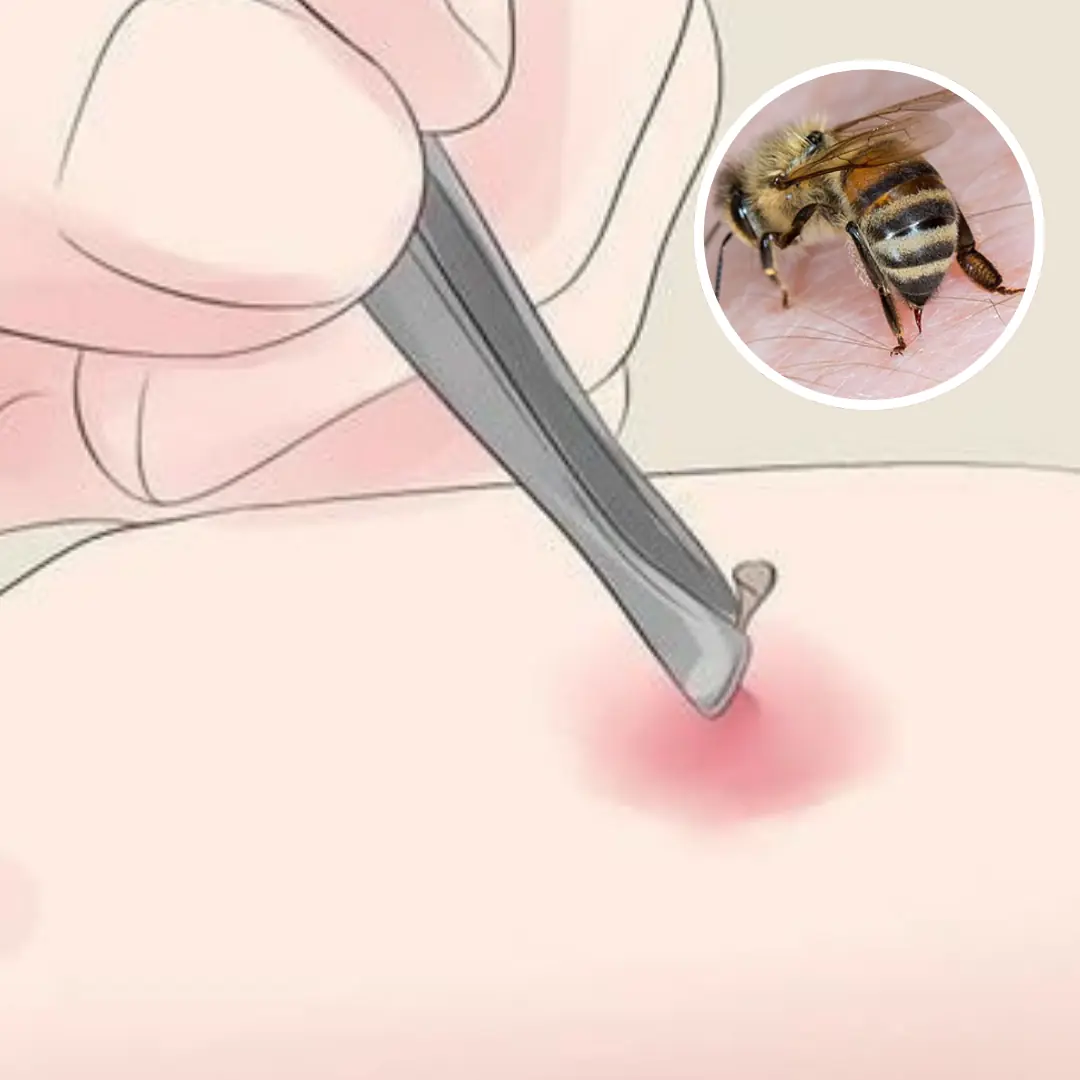
Is bee sting da.ng.erous and what is first aid?

Warning: 4 Types of Food You Should Never Reheat

Recognize signs of rabies according to each stage of the disease

4 Kitchen Foods You Think Never Expire—But It’s Time to Toss Them Out!

Don’t Throw Away Lemon Peels

There’s a Vegetable Richer in Iron Than Beef
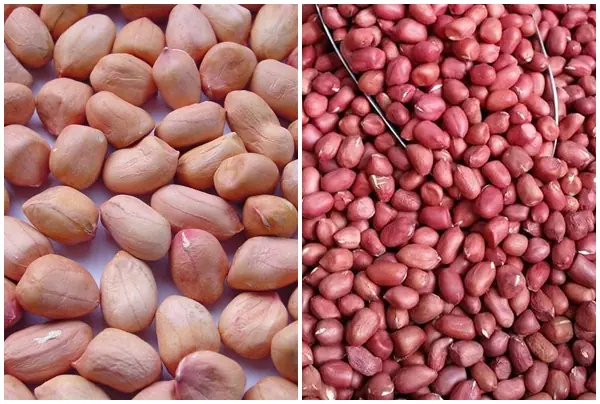
The difference between red peanuts and white peanuts

If You See These 4 Types, Walk Away Immediately No Hesitation

Those with gout should absolutely avoid these foods

US approves 'guided missile' drug to treat lung c.a.n.cer

5 Nighttime Symptoms Warning of Fatty Liver
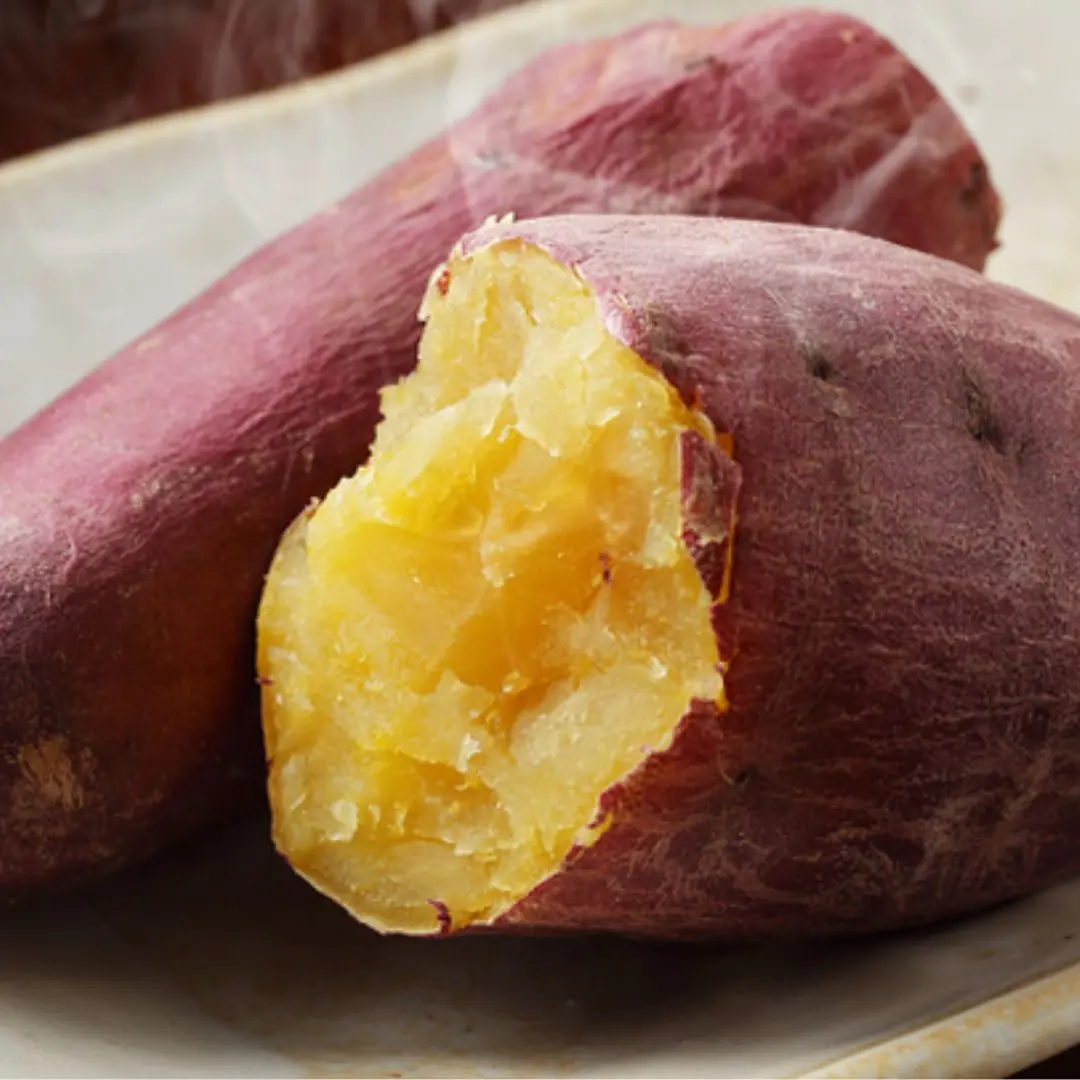
9 'super foods' favored by people over 100 years old
